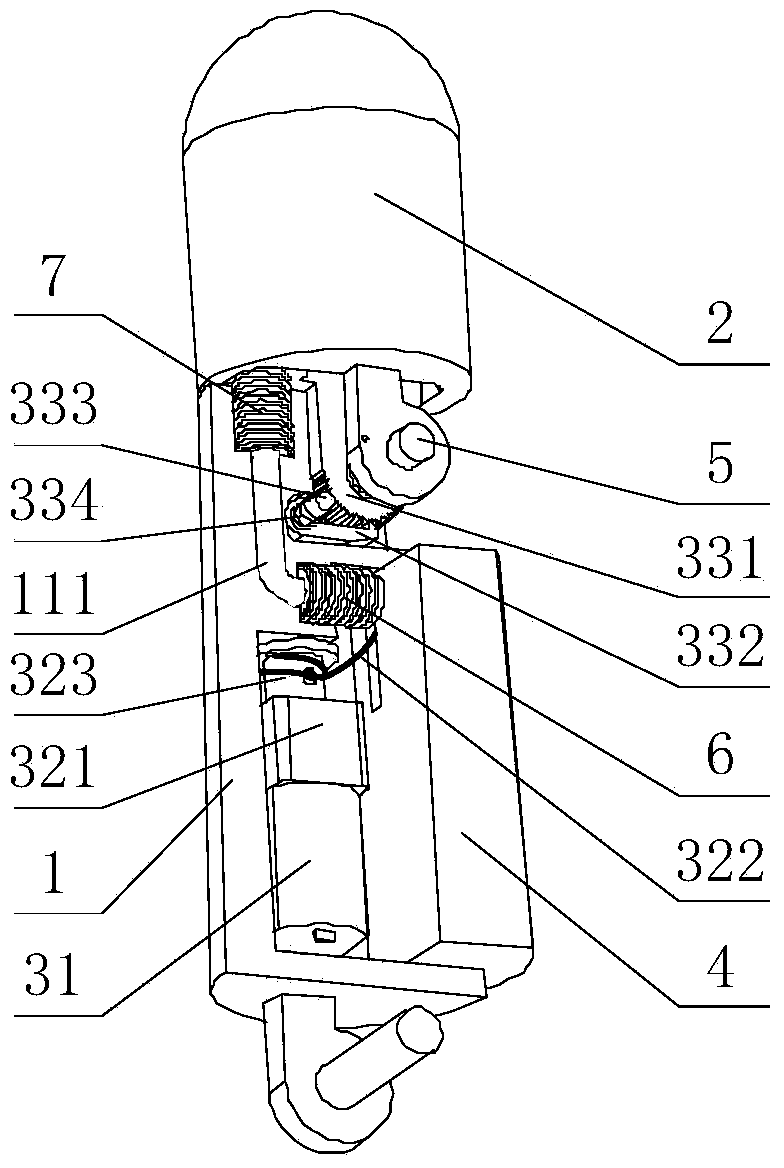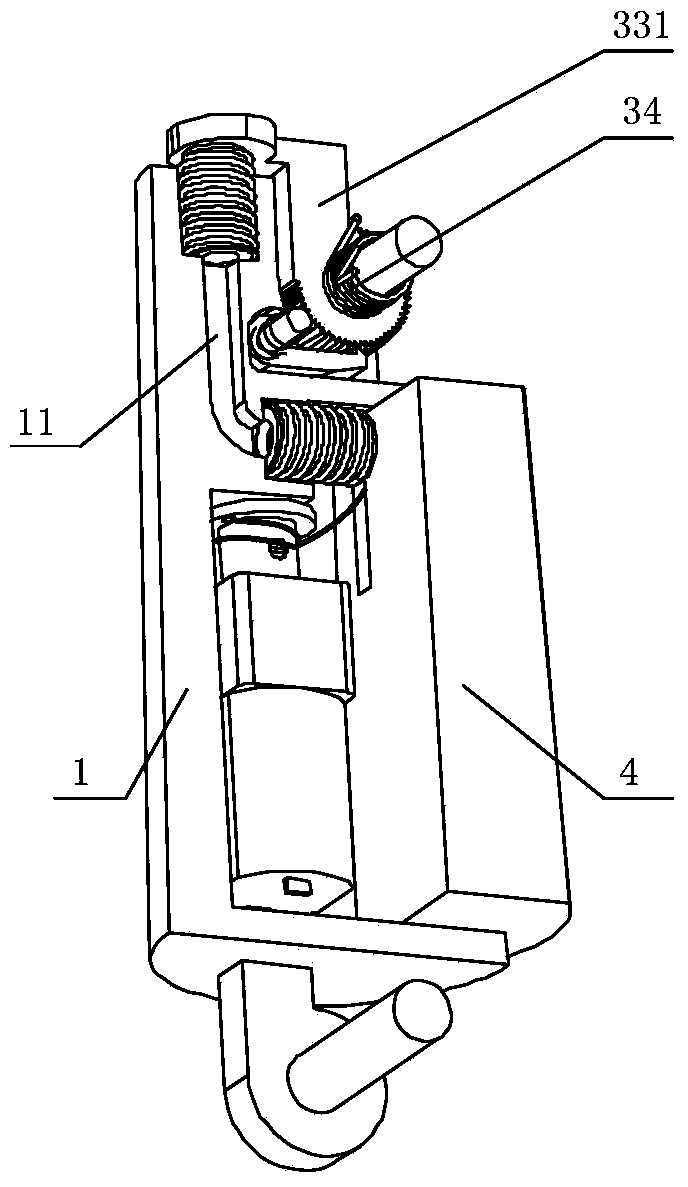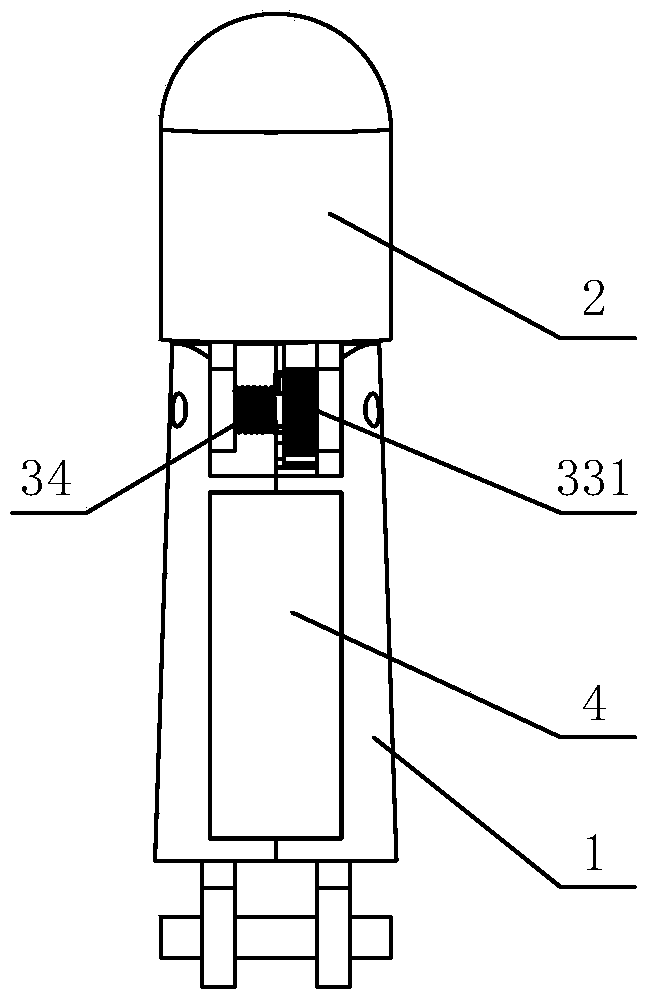Bending self-locking pneumatic under-actuated robot finger device
A robot finger, underactuated technology, applied in the field of anthropomorphic robot hands, can solve the problems of grasping failure, falling objects, no grasping force, etc., achieving the effects of low manufacturing and maintenance costs, preventing instability and simple structure
- Summary
- Abstract
- Description
- Claims
- Application Information
AI Technical Summary
Problems solved by technology
Method used
Image
Examples
Embodiment Construction
[0045] The specific structure, working principle and working process of the present invention will be further described in detail below in conjunction with the accompanying drawings and embodiments.
[0046] An embodiment of a bending self-locking pneumatic underactuated robot finger device designed by the present invention, the section view is as follows figure 1 , figure 2 As shown, it looks like image 3 , Figure 4 as shown, Figure 5 An exploded view of the device.
[0047] This embodiment includes a first finger section 1, a second finger section 2 and an underactuated joint arranged between them; the underactuated joint includes an active slider 4, a joint shaft 5, a first pneumatic flexible part 6 and The second pneumatic flexible part 7; the joint shaft 5 is movably sleeved in the first finger segment 1, the second finger segment 2 is fixedly sleeved on the joint shaft 5, and the joint shaft 5 and the second finger segment 2 are connected by pins , the active sl...
PUM
 Login to View More
Login to View More Abstract
Description
Claims
Application Information
 Login to View More
Login to View More - R&D
- Intellectual Property
- Life Sciences
- Materials
- Tech Scout
- Unparalleled Data Quality
- Higher Quality Content
- 60% Fewer Hallucinations
Browse by: Latest US Patents, China's latest patents, Technical Efficacy Thesaurus, Application Domain, Technology Topic, Popular Technical Reports.
© 2025 PatSnap. All rights reserved.Legal|Privacy policy|Modern Slavery Act Transparency Statement|Sitemap|About US| Contact US: help@patsnap.com



